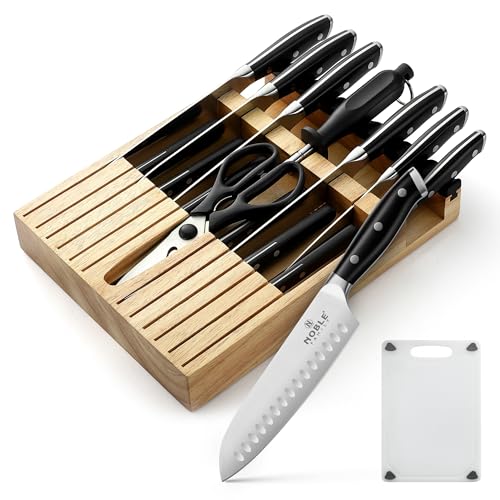Yesterday, I bought this knife.
I think this ist a good entry level japanese knife, except for what I think is a big inconvenience: I find the knife too sticky. When I start cutting an onion, it's easy at the beginning of the cutting, but deeper, harder. I feel that the resistance to penetrate the knife goes up. You can think "that's normal", but I haven't more knives (even thicker behind the edge) and I don't feel this resistance.
I think this is due to the finishing of the blade, the coarse grinding and the matt area. If I try to slide a finger when the blade is wet, I find it harder than on other more polished blades.


Am I right about my assumption?
Could I solve it using sand paper and polishing the blade? I don't mind loosing the factory fnishing.
I think this ist a good entry level japanese knife, except for what I think is a big inconvenience: I find the knife too sticky. When I start cutting an onion, it's easy at the beginning of the cutting, but deeper, harder. I feel that the resistance to penetrate the knife goes up. You can think "that's normal", but I haven't more knives (even thicker behind the edge) and I don't feel this resistance.
I think this is due to the finishing of the blade, the coarse grinding and the matt area. If I try to slide a finger when the blade is wet, I find it harder than on other more polished blades.


Am I right about my assumption?
Could I solve it using sand paper and polishing the blade? I don't mind loosing the factory fnishing.






























